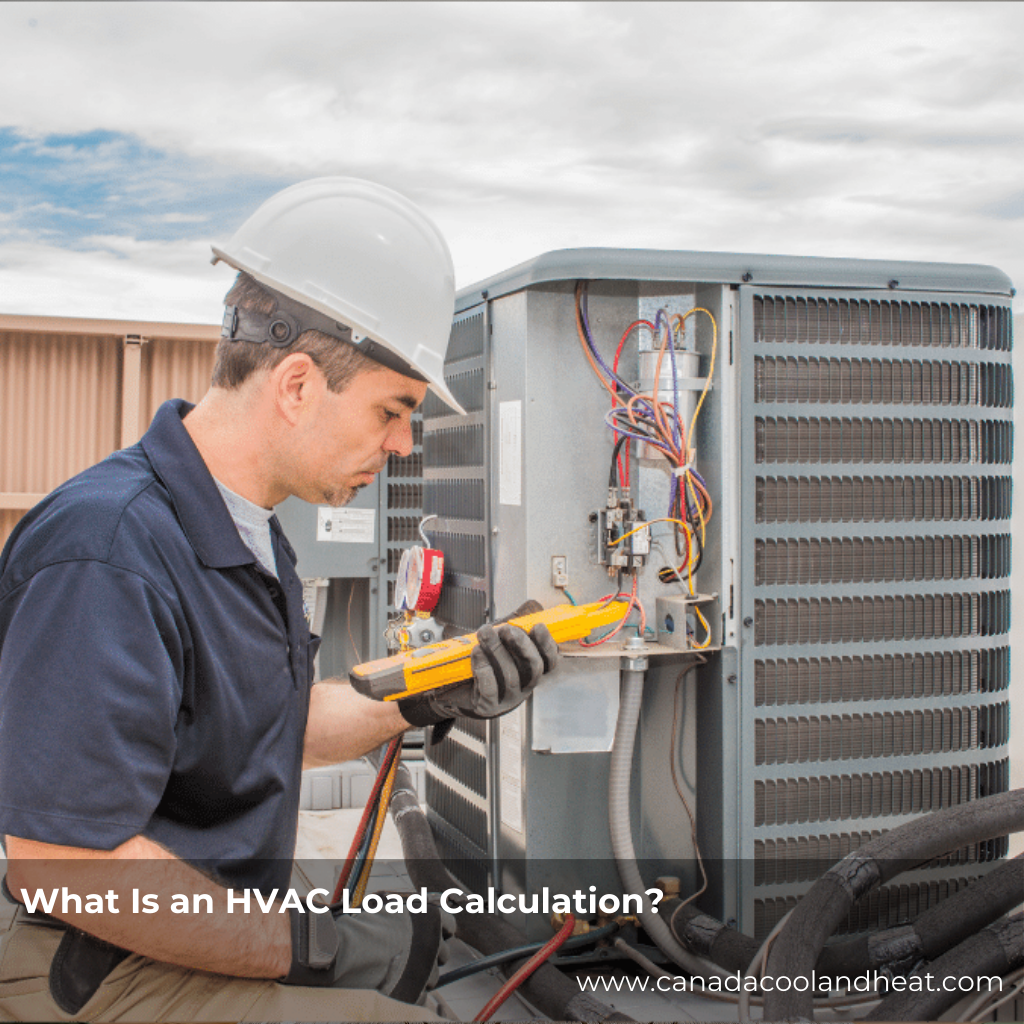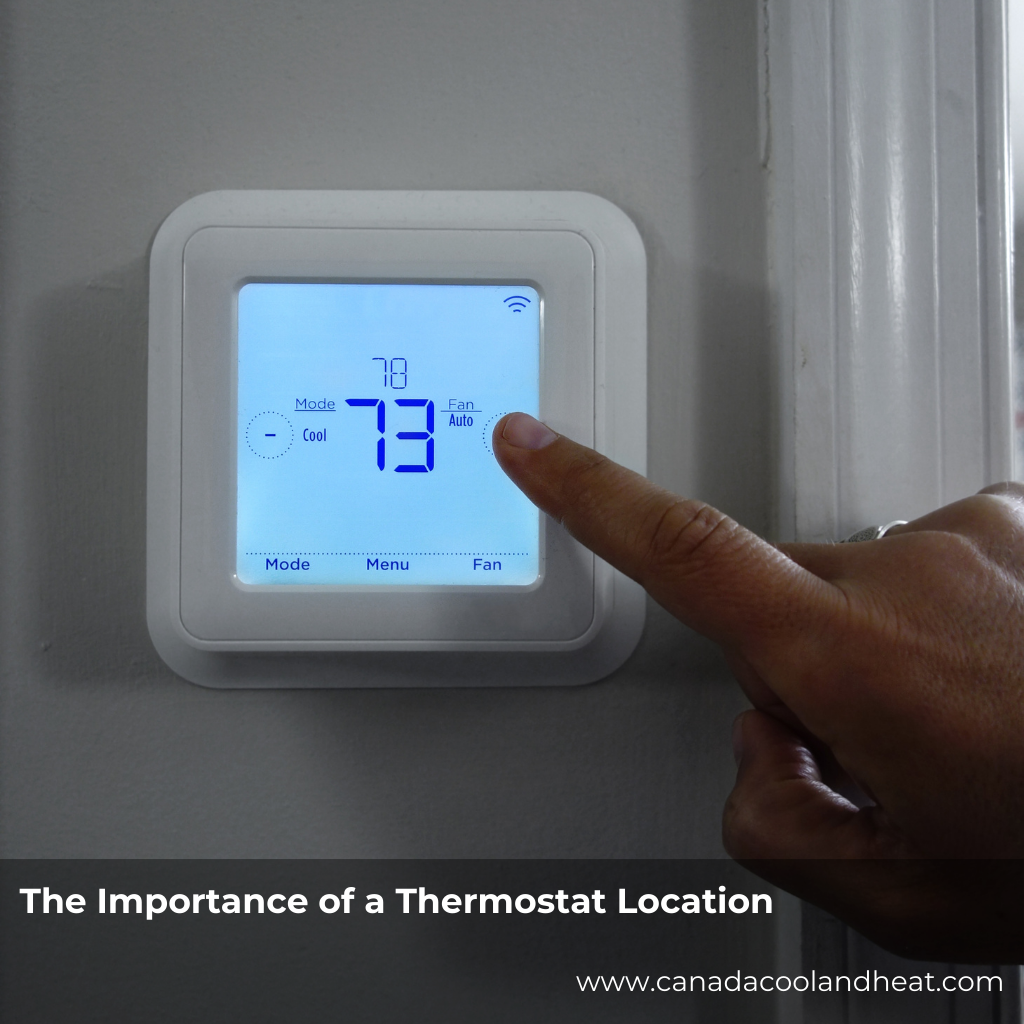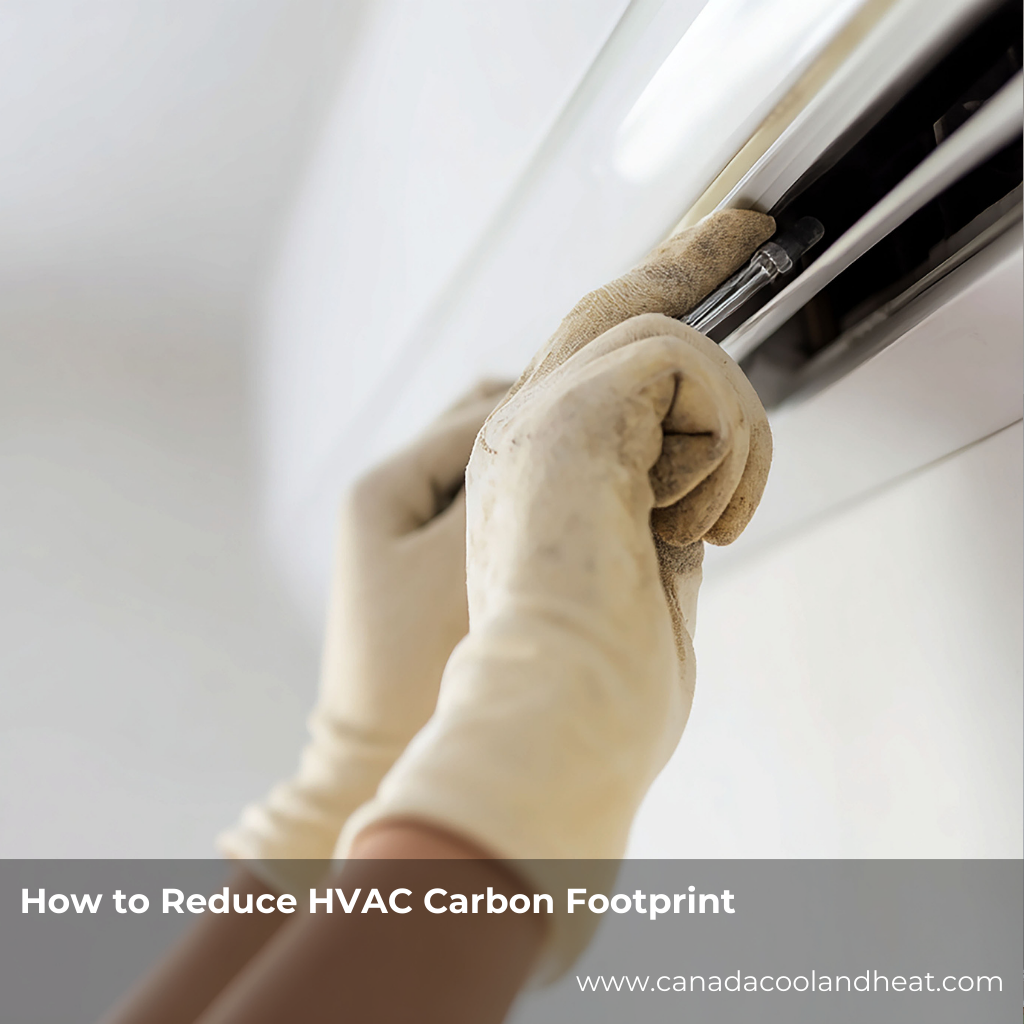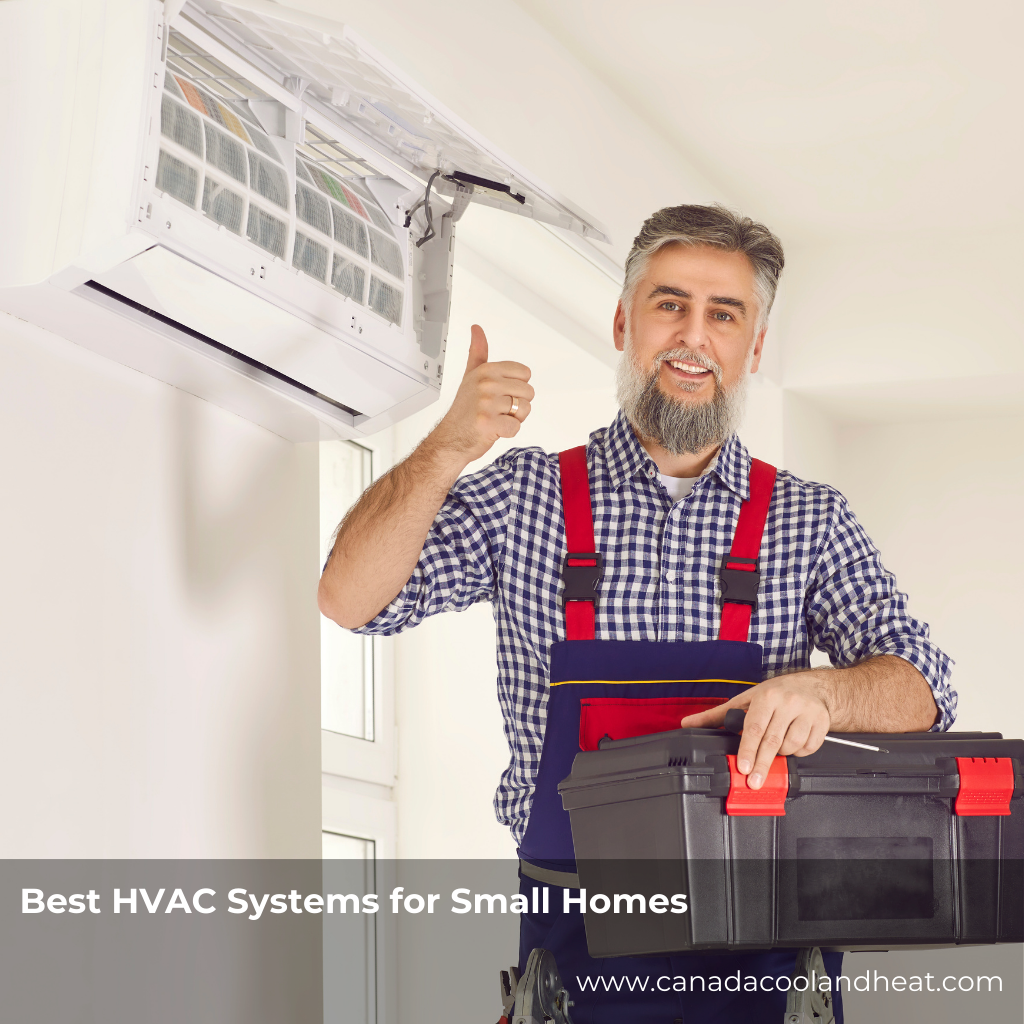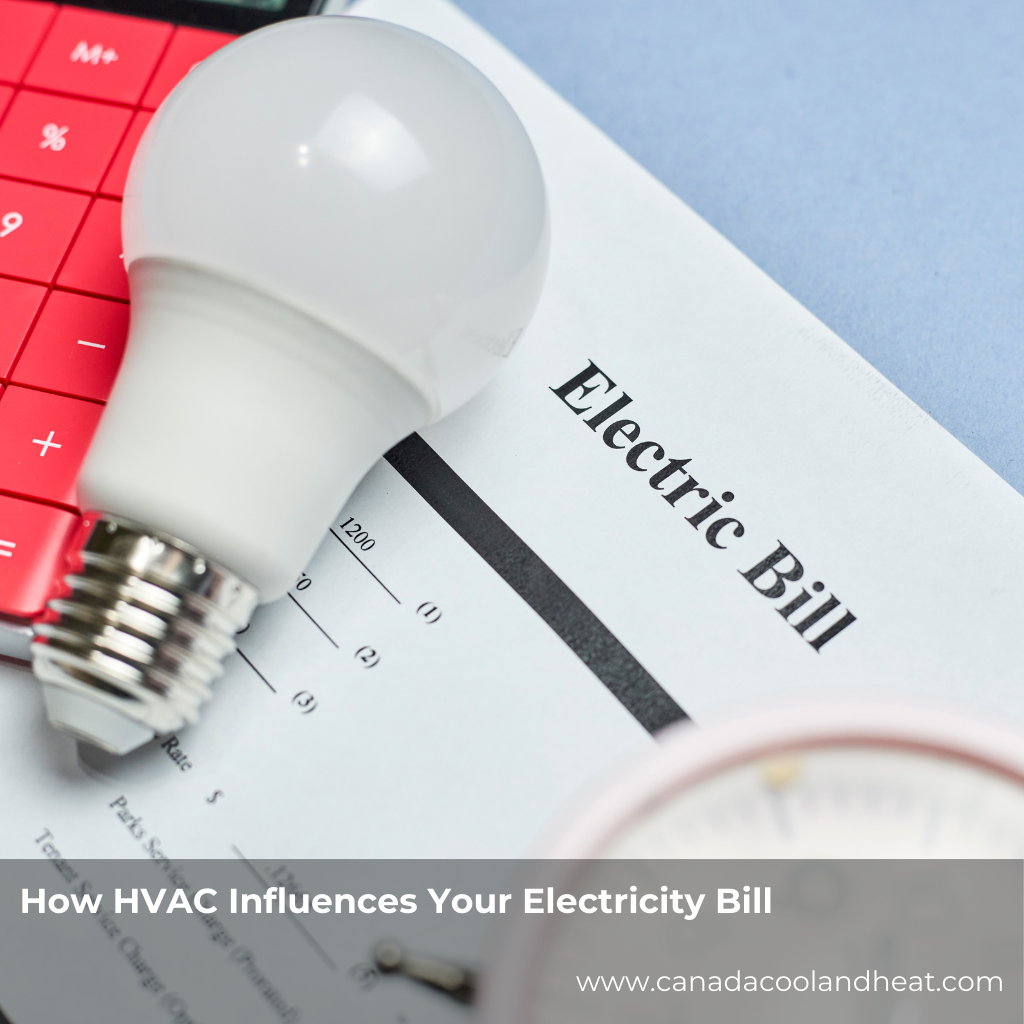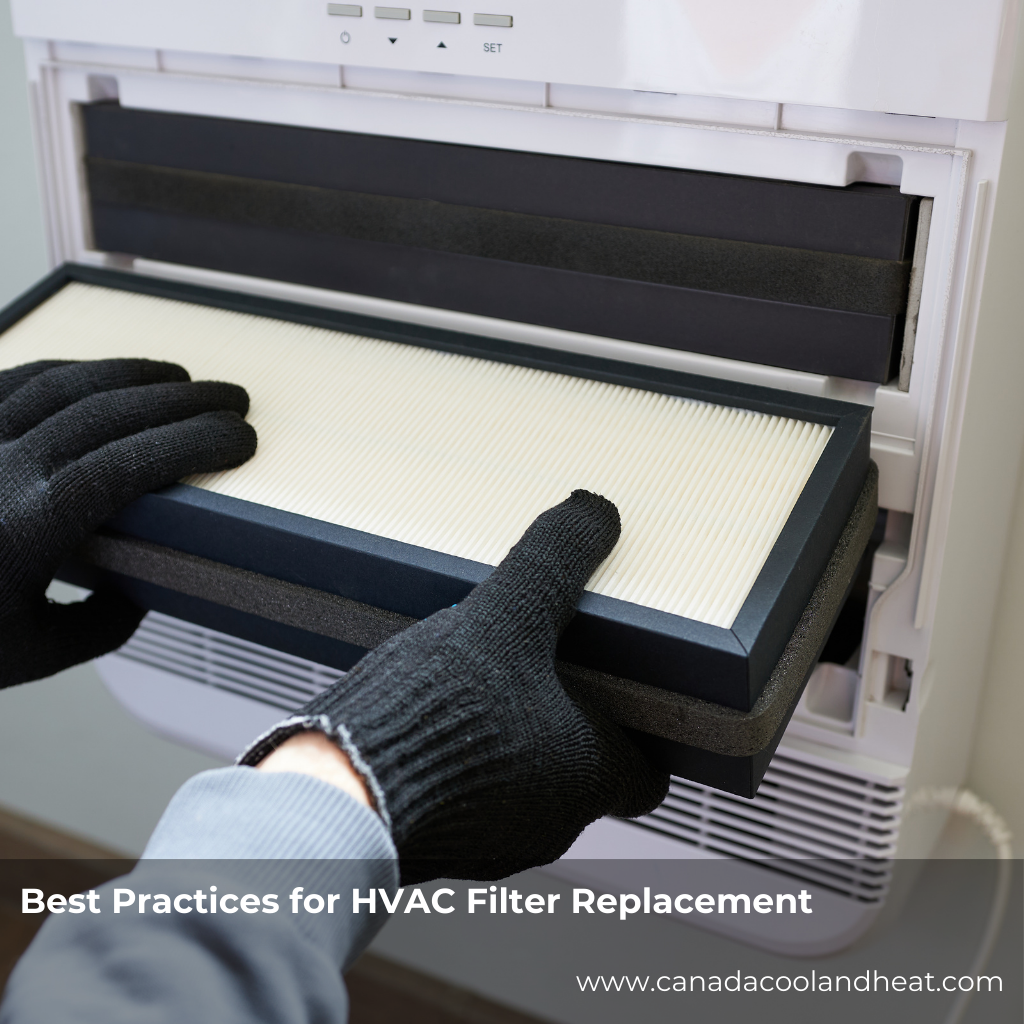What Makes Kitchen Ventilation So Crucial?
Cooking generates a lot more than just delicious smells. Heat, moisture, smoke, grease, and particulates all come with the territory. Proper kitchen ventilation isn’t a luxury; it’s a necessity.
- Removes cooking byproducts: Smoke, CO2, nitrogen dioxide, and grease particles.
- Controls humidity and temperature: Especially vital in warmer months.
- Improves indoor air quality: Prevents buildup of harmful pollutants.
- Protects cabinetry and walls: Keeps grease and moisture from damaging surfaces.
That’s where range hoods, or vent hoods, come in. These powerful fans pull air from above your stovetop and exhaust it either outside or through filters.
How Range Hoods Affect HVAC Balance
Here’s where the plot thickens.
When you switch on a high-powered range hood, especially one that vents to the outside, it pulls a significant amount of air out of your home. If your HVAC system isn’t designed to compensate for that loss, problems can pop up:
- Negative air pressure: Causes outdoor air to be sucked in through doors, windows, and even chimneys.
- Backdrafting: Dangerous gases from water heaters or fireplaces can re-enter your home.
- Reduced HVAC efficiency: Your system works harder to maintain temperature.
This is why HVAC professionals often recommend pairing kitchen vent hoods with a makeup air system, especially when the hood exceeds 400 CFM (cubic feet per minute).
Enter: The Two-Stage Air Conditioner
So, what does a two-stage AC have to do with this?
Unlike standard single-stage units that are either fully on or off, two-stage air conditioners operate at two levels:
- Low Stage (around 60-70% capacity): For normal days or when demand is low.
- High Stage (100% capacity): For the hottest days or when cooking and other activities add extra heat.
Why This Matters:
- More consistent comfort: Keeps indoor temps stable, even with ventilation disruptions.
- Better humidity control: Especially useful when kitchen activities add moisture.
- Energy efficiency: Low stage operation uses less power and avoids constant on-off cycling.
In short, two-stage systems are better equipped to handle the dynamic environment that comes with active kitchens.
Sizing Guidelines for Kitchen Vent Hoods
Choosing the right vent hood isn’t just about style or noise level—it’s about size and power. Here’s a quick guide:
For Electric Ranges:
- Minimum CFM: 100 CFM for every 10 inches of stove width.
- Example: A 30-inch electric cooktop = 300 CFM minimum.
For Gas Ranges:
- Minimum CFM: 100 CFM for every 10,000 BTUs of burner output.
- Example: A cooktop with 50,000 BTUs = 500 CFM minimum.
Additional Considerations:
- Duct size: Bigger hoods need bigger ducts (at least 6″ diameter, sometimes 10″).
- Makeup air: Mandatory in many regions if your hood exceeds 400 CFM.
- Distance from cooktop: Follow manufacturer guidelines (usually 24″-30″).
Wrapping It All Up: What You Should Remember
Your kitchen might be the heart of the home, but it can also be a major source of HVAC imbalance if not properly ventilated. Vent hoods are essential, but they must be carefully selected and installed with HVAC dynamics in mind.
Pairing your kitchen setup with a two-stage air conditioner offers more than just comfort—it provides stability, energy efficiency, and peace of mind. When your HVAC and ventilation systems are in harmony, the whole house benefits.
Frequently Asked Questions
1. What is a makeup air system?
A system that brings in fresh, conditioned air to replace the air exhausted by your range hood. It helps maintain air pressure balance.
2. Can a range hood be too powerful?
Yes. Overpowered hoods can create negative pressure, backdrafts, and strain HVAC systems. Always size it appropriately.
3. Do I need a makeup air system for under 400 CFM?
Not usually required by code, but still a good idea if your kitchen is airtight or the hood runs frequently.
4. How do I know if my HVAC is affected by the range hood?
Uneven temperatures, drafts, or HVAC short cycling can be signs. A home energy audit can provide clarity.
5. Are two-stage ACs worth the cost?
Yes, especially for homes with high ventilation needs. They offer better efficiency, comfort, and humidity control.
6. Can I retrofit a makeup air system?
Yes, but it may require ductwork and integration with your HVAC. Consult a pro for feasibility.
7. Should I get a ducted or ductless range hood?
Ducted hoods are more effective for serious cooking. Ductless ones are better for small kitchens or apartments.
8. Does range hood height matter?
Absolutely. Too high reduces capture efficiency; too low may be a fire risk. Stick to 24″-30″ above the cooktop.
9. What if I have an open-concept kitchen?
Airflow dynamics get trickier. Ensure proper hood sizing and consider makeup air or air balancing solutions.
10. Can I install a vent hood myself?
Possible for ductless models, but ducted installations usually require a licensed HVAC or general contractor.


